Rules For Renaissance
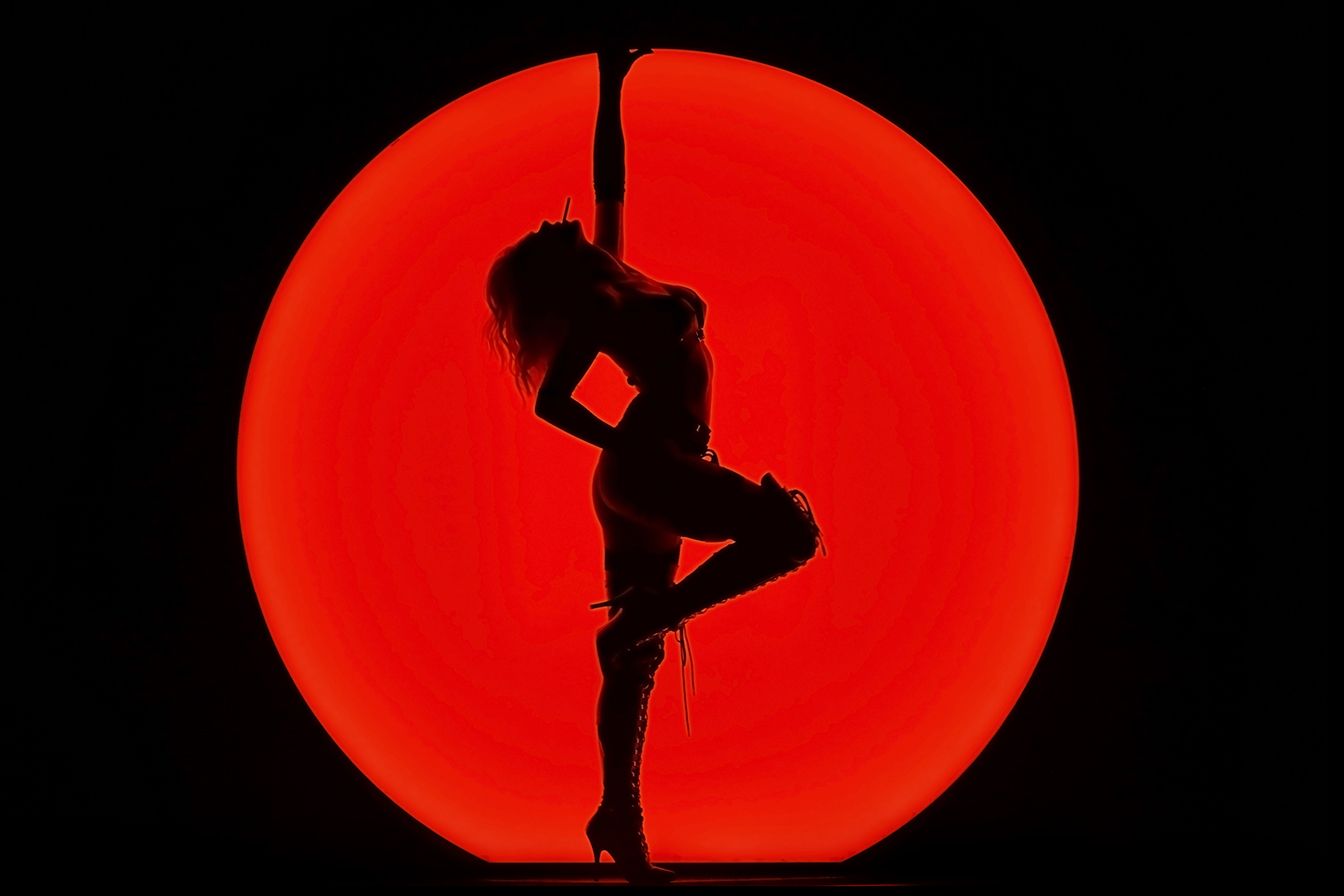
Until recently, cabaret was a rather unloved art form.
It should have been the Judi Dench of the scene - the venerated grande dame that adds class and sophistication to showbiz. And yet, it was closer to being a forgotten lounge singer, suckered to a piano like a chain-smoking barnacle in an unloved Las Vegas B casino.
The problem was a curious one. Despite having been around since Napoleon (who opened the world’s most famous, still running cabaret - Paradis Latin) no one really knew what it was.
Back in its day, it was a place for French intellectuals and A-listers to hang with the bohemian cool kids for a bawdy, rowdy night of flirtatiously slagging off the government.
But that was then.
And now, if you asked a random person what cabaret is, they'd stare at you blankly while vague visions of Liza Manelli and 5pm dinner theatre shrimp cocktail squelch through their head.
So until recently, we didn’t know what it was but we knew it wasn’t cool. It was dated, irrelevant and tired. It was the Marie Rose dressing of showbiz.
And yet, if you’ve been to an arts festival in the past 5 years, I bet you it was headlined by a cabaret show. In the previous few years, arts-cabaret-cirque shows have exploded out of their dusty past to dazzle arts festivals world wide.
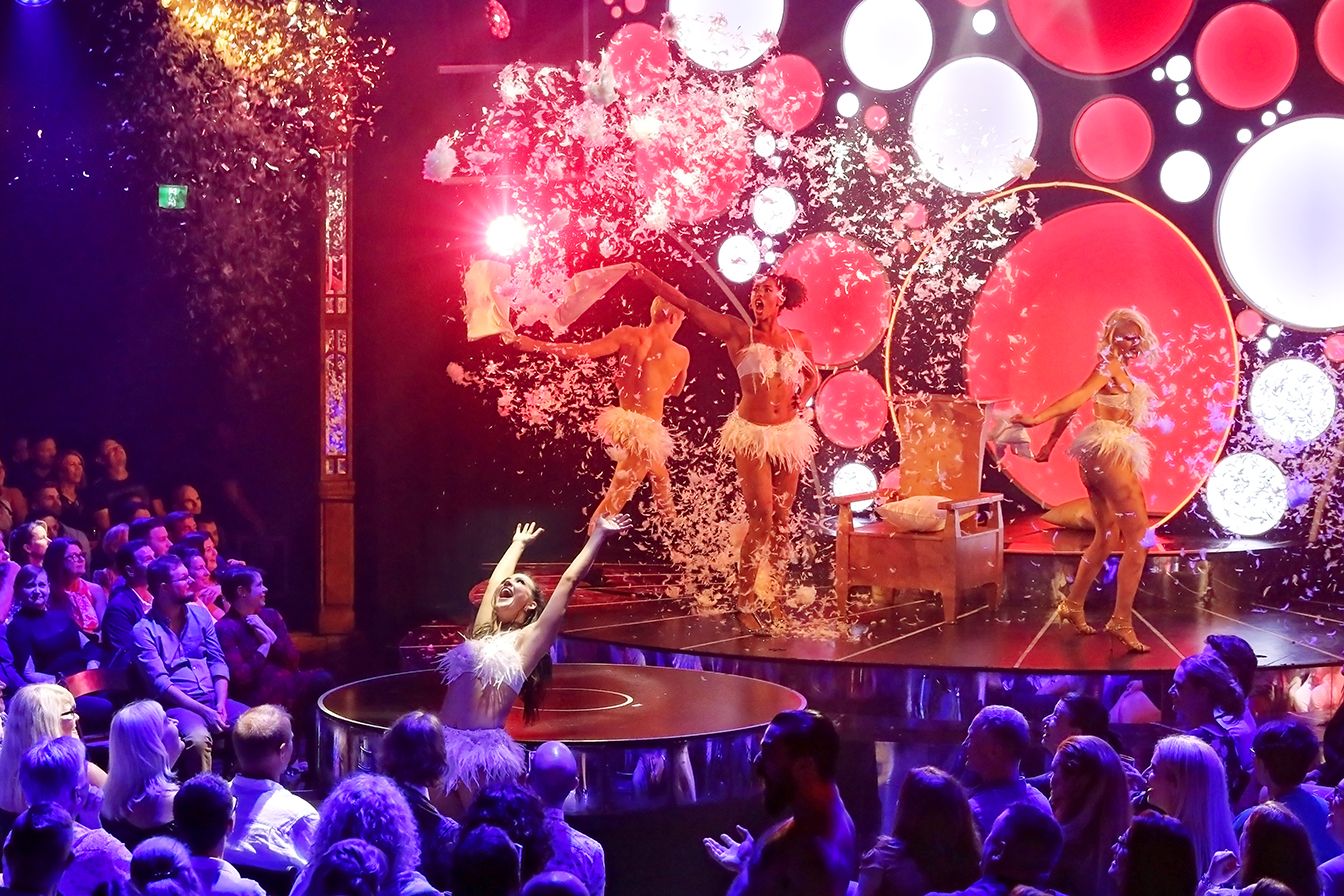
Take Blanc de Blanc Encore, currently a star turn at Auckland Arts Festival 2023, and packing out the Spiegeltent in Aotea square until 26 March. It’s themed (loosely) around champagne. And while it doesn’t actually involve a lot of champagne, it certainly makes you feel like champagne.
The show blows the dust off your bottle, grabs you by the neck, shakes you up and sprays you all over the walls in an effervescent explosion of circus, dance, singing, comedy and burlesque.
You’ll stagger out at the end of it as giddy and breathless as the dancers in their impossibly laced corsets.
It takes an exhausted Auckland by the hand, leads them out of the forest of traffic cones, and whisks them away to a Narnia full of beautiful humans with bones like slinky toys.
In short, it does a thrilling line in riotous escapism with lashings and lashings of dazzle. And predictably, it’s selling out.
So how has cabaret gone from Marie Rose dressing to showbiz’s secret sauce? And what does this teach us about the art - and rules - of revival?
Breath fresh life into your art form
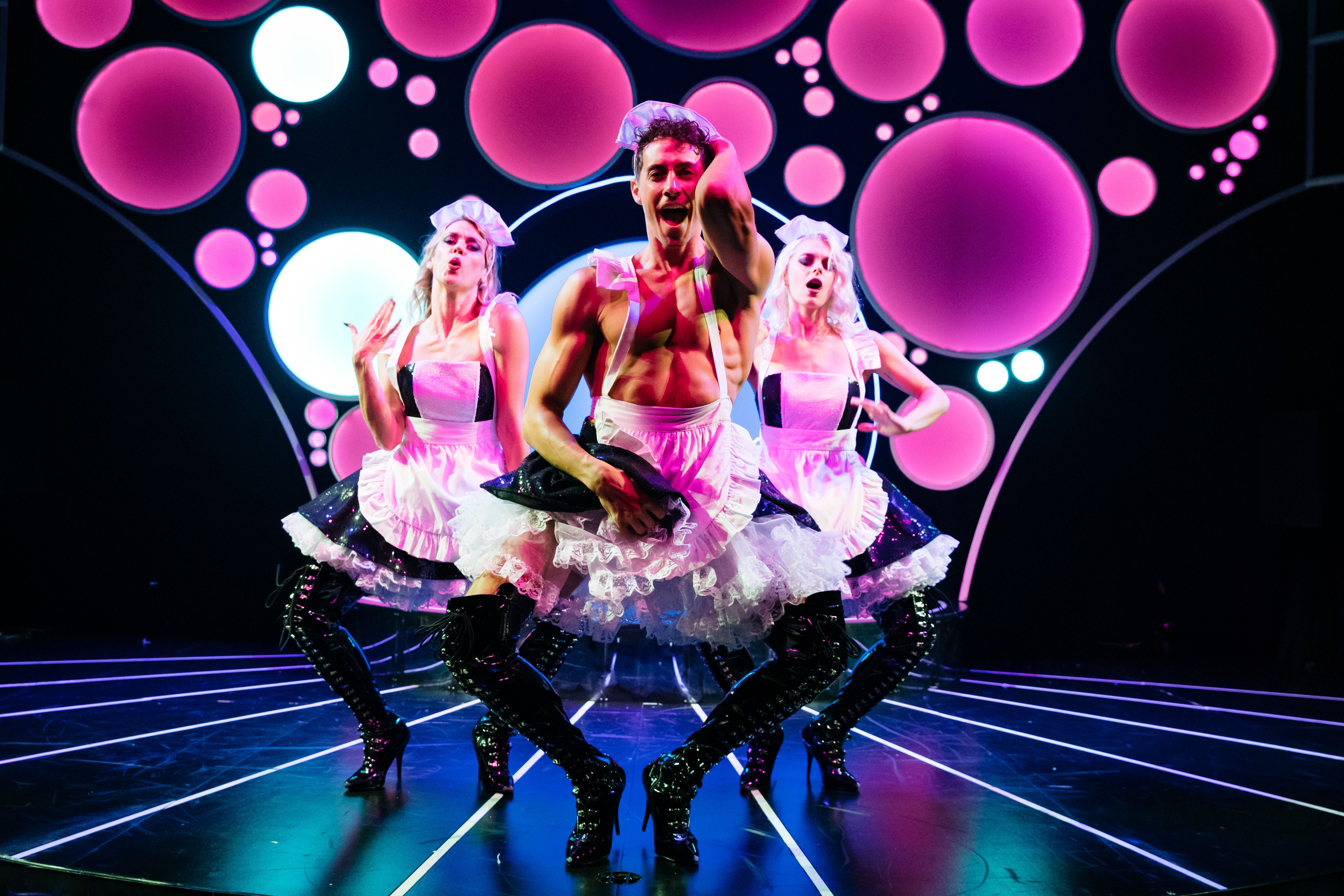
Well, the first thing it shows us is the power of creative cross pollination.
Blanc de Blanc - and other big stage cabarets like Matador, Yummy, Briefs, LIMBO - all do the same thing. They reinvent an old school genre by borrowing from new creative disciplines.
Traditionally, cabaret was about music hall, satire and the odd naked chick in feathers. But modern cabaret pulls in vast creative influences, from modern drag, to neo-political burlesque, to dazzling, gravity and physics defying cirque-du-soleil-esque acts.
What this shows us is that one singular art form, by itself, can be exhausted. But if you start adding in other elements from separate genres, not only can you reinvigorate the old but you can elevate the whole show into something new.
By drawing together multiple artistic disciplines, you also widen the audience of people who’d be interested in seeing it.
Don't stick to the same tired script
The second thing this raunchy renaissance reminds us of is the power of having a clear artistic vision and message. And it’s especially important in a genre where everyone from the Pussycat Dolls to Napoleon has had a crack.
The secret is knowing what your genre used to do - and what you want to do differently now.
Blanc de Blanc loves the old school bawdiness of cabaret. But it swaps out political satire in favour of large scale razzle dazzle, to give you the distinct vibe of a Madonna-on-tour-stage show. As such, you get a unique twist on an old genre.
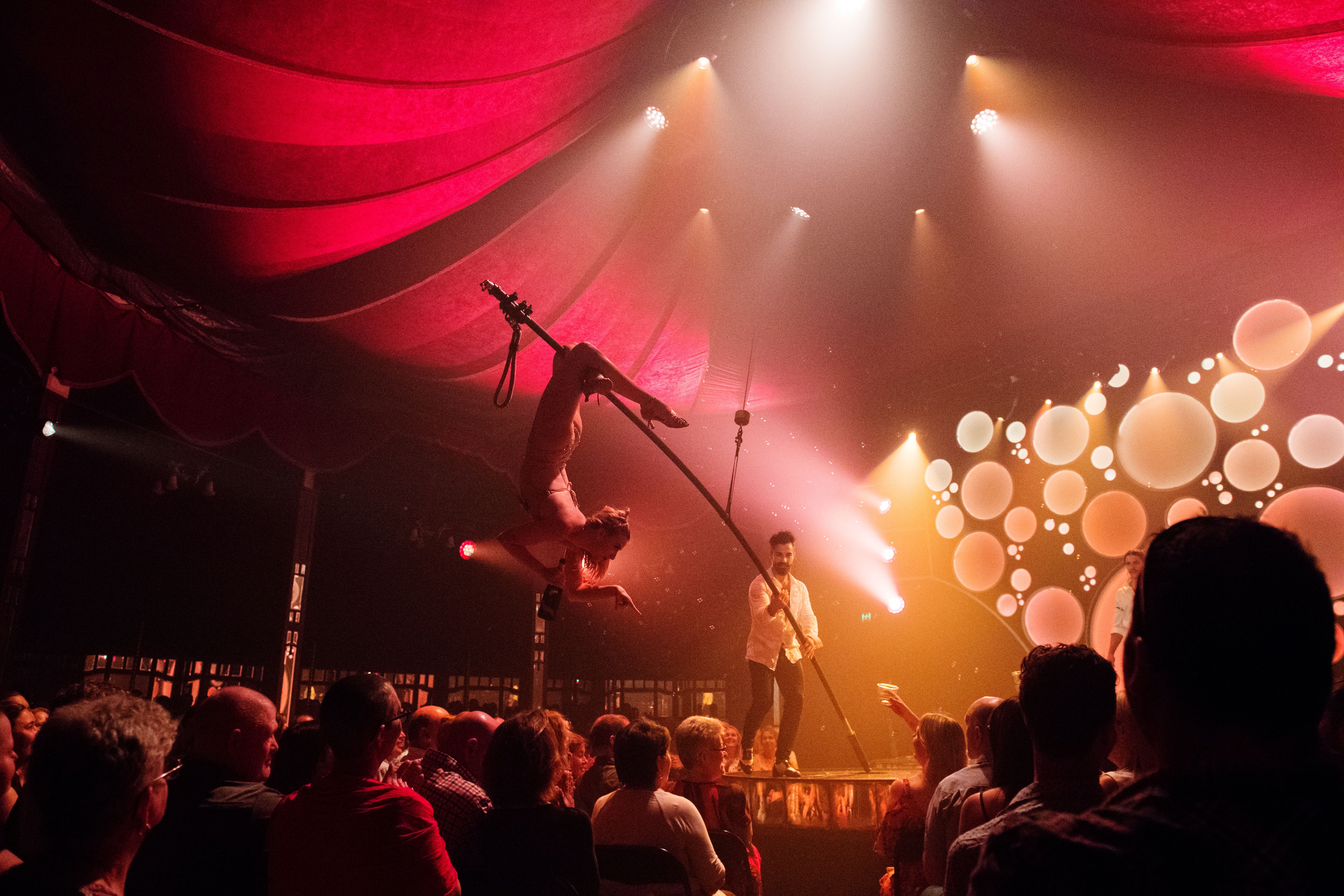
And that is the secret to reviving any dormant art. You have to think like an opinion writer - AKA why am I telling this story, as opposed to any other bugger in a sparkly hat?
What pisses you off about this genre? What do you love about it? What are you so bored to tears by that you want to reach for the snuff box? That shows you what you care about, and is the basis of your fresh creative vision.
Learn from history
And the final lesson here is obviously the big one, why did this fail before? And how do you make sure it doesn’t fail again?
In any genre that’s fallen out of favour with modern times, you have to ask yourself why that is.
In cabaret, it was about realising that single solo acts strung together like a line of odd socks wasn’t exactly exciting.
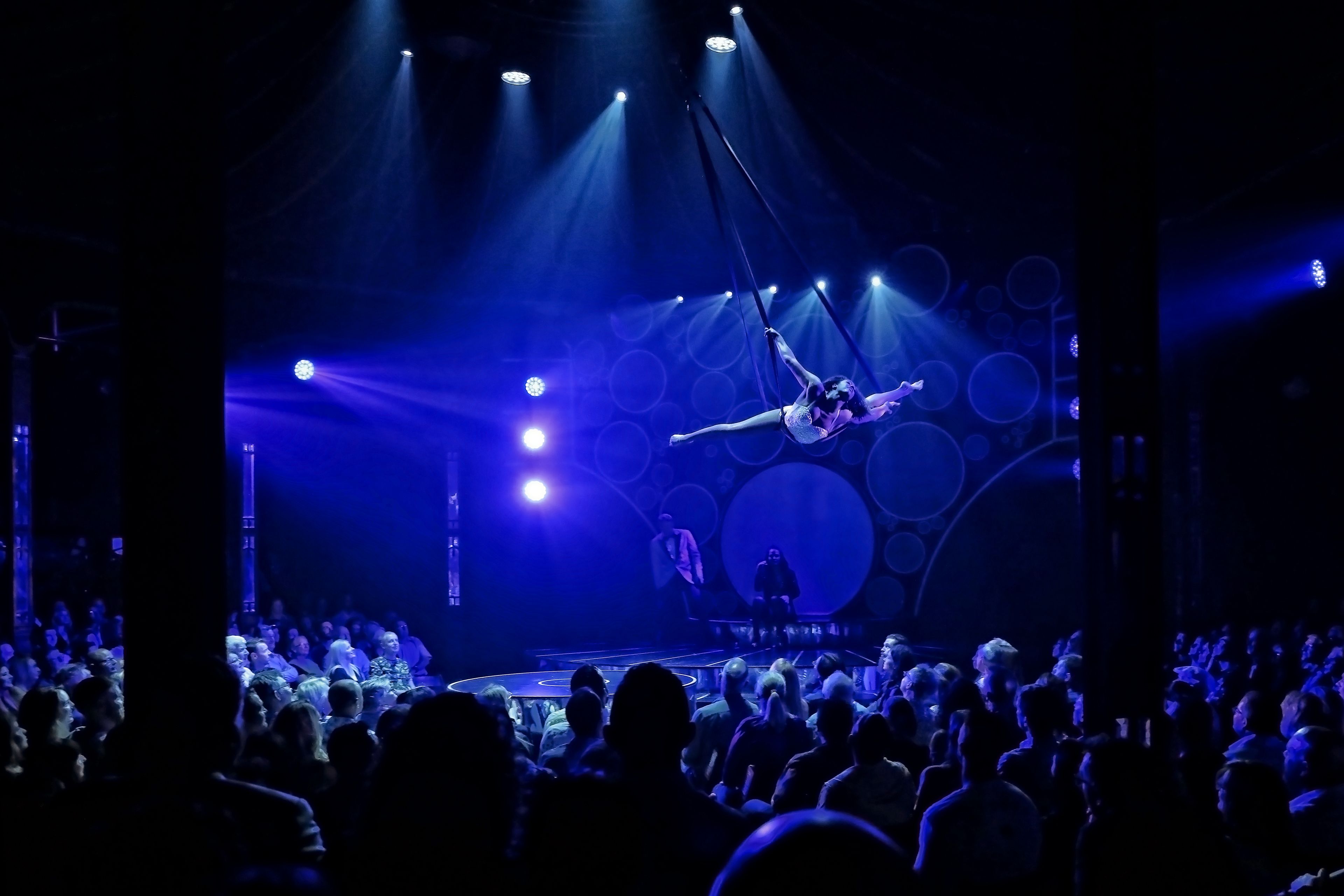
Our visual age wants something more dazzling, cohesive, and aesthetically-led. Hence the heavy investment modern cabaret makes in spectacle, group routines, costumes, circus acts and props - and the dazzling results.
But it’s the same principle everywhere.
Take Paris’ Picasso museum. The gallery wanted to display his art work for his 50th anniversary of his death, but were struggling with his colossal asshole-ry to women. So the new Picasso exhibition incorporated his work, alongside female artists’ reaction pieces pushing back on Picasso’s legacy. It was a way of showcasing the old talent in a critical contemporary context - and drawing in younger crowds who wanted to question his role in art’s history.
So ask yourself honestly; where are the problem areas of your genre - and what are you going to do about them? Because otherwise you’ll just keep making the same mistakes.
But the most thrilling thing about revival isn’t just the lazarus story of a genre rolling off the operating table and shocking us with its own defibrillator. Or even the show itself.
It’s about the fact that the night I was there, I saw hundreds and hundreds of people filling up Aotea Square. I hadn’t seen that since pre-COVID. And I certainly hadn’t seen people so happy, all of them gasping and laughing like kids leaving lazer tag.
That show, that night, reminded me exactly of what the arts are supposed to do.
They’re there to fill us up with the inescapable joy of living again. And to give us hope that, however bad it feels, there is always potential for a dazzling comeback.